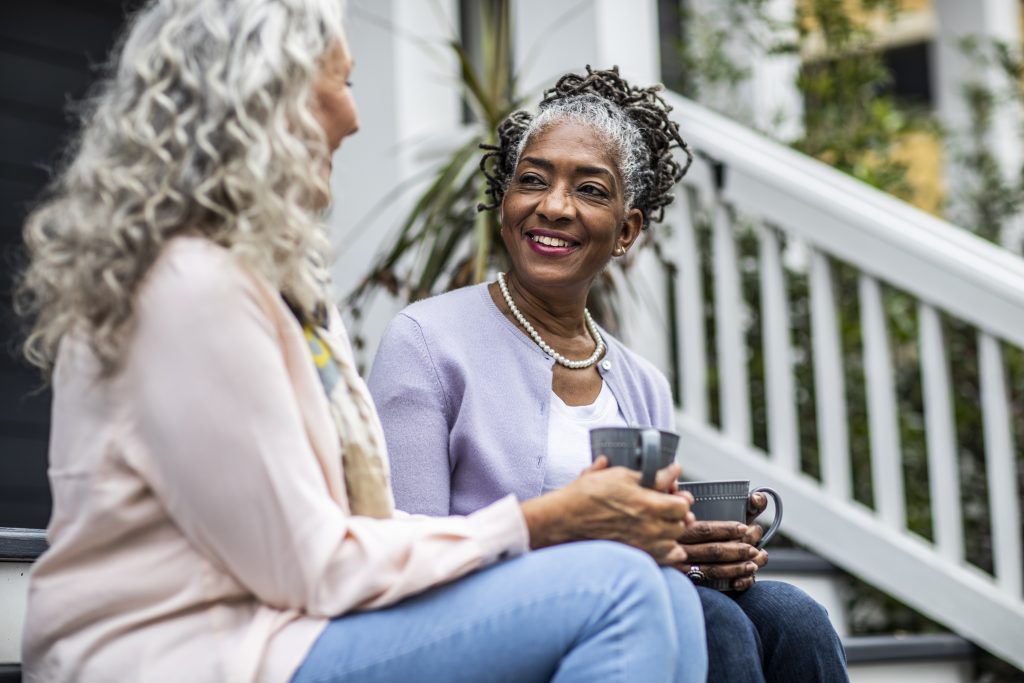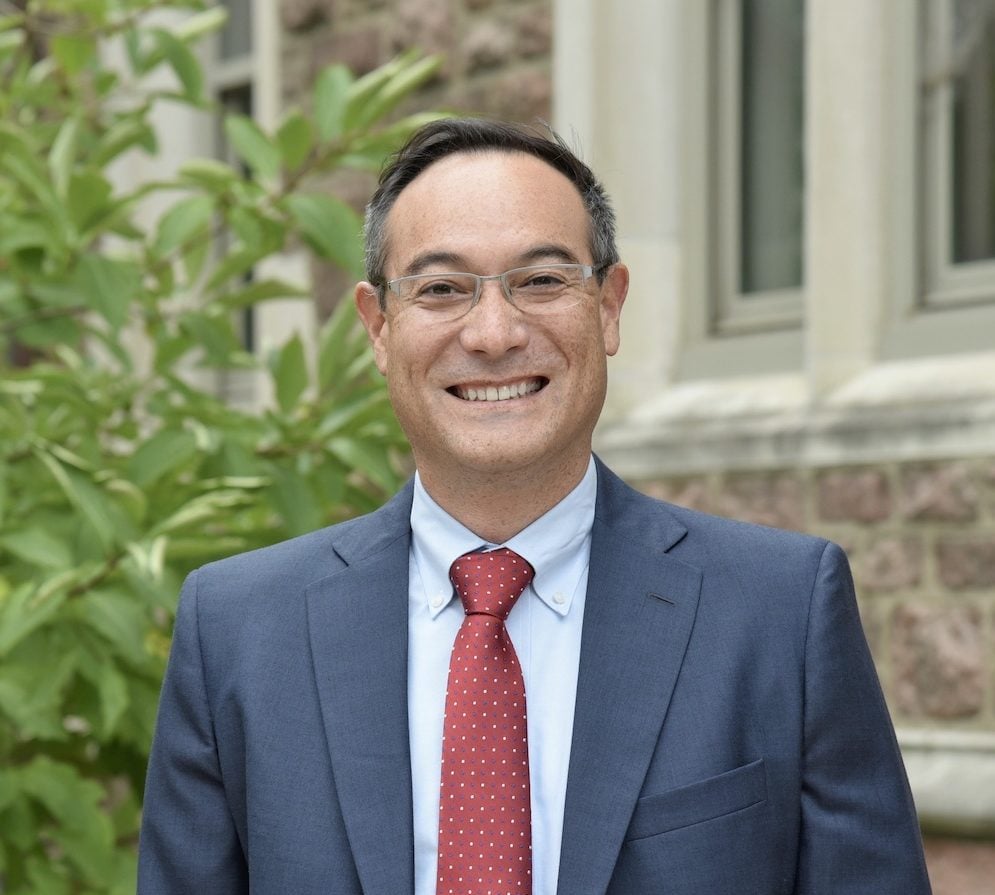3 Steps to Help Create an Anti-Racist School
August 17, 2020

Arpan Chokshi is a high school social studies teacher, instructional coach, and a member of his District’s culture & equity team.
In kindergarten I discovered I was different. I didn’t know what race or ethnicity was, I simply knew that I wasn’t white. I knew I was different because some of my classmates began to make fun of my accent and the food I brought from home. I later internalized the norms of whiteness in middle school while trying to avoid being in public with my mom while she was wearing Indian clothes and showing any aspect of my Indian self to my friends at school. Most recently, I would share with my predominantly white colleagues the most mundane parts of my weekend (i.e I mowed the lawn or watched a movie) and leave out the most important racialized experiences in my life (i.e. I celebrated Raksha Bandhan with my sister).
In 2010 when I started my teaching career, I was one of a handful of teachers of color in a predominantly white high school. I had idealistic notions of expanding my students’ worldview, but I was scared of veering too far from the written standards or unwritten norms of the community. I wanted students to be aware of their privilege without making them uncomfortable.
I also stayed in my comfort zone by anchoring any conversation about race or privilege in philosophical discussions or policy debates. I searched far and wide for the perfect article, video, or graph thinking that if I could just put the right piece in front of my students a light bulb would go off and they would suddenly understand their privilege and how racism operates in their lives.
It was a futile search.
Over the years I have come across excellent resources that helped my students discuss racism from historical, political, and economic perspectives. However, as long as the text was at the center of the conversation, students would rarely reflect on their own identities and examine their own experiences.
Fortunately, I have experienced the power of centering people’s experiences and stories. In high school and college, studying World Religions helped me understand the key beliefs of major faith-traditions. However, it wasn’t until I helped organize a religious roundtable and participated in an interfaith day of service that I was truly able to see commonalities in our lived experiences. During the religious roundtable for Muslim, Christian, Jewish, Hindu, Jain and other students discussed how challenging it was at times to fast or pray and how we struggled to uphold our faith’s values while navigating the social pressures of high school. In college, while volunteering in an IFYC organized day of service, we saw how selfless action was at the heart of many faith-traditions.
My experiences with dialogue in high school and college along with experiences with Courageous Conversations organized by the Pacific Education Group, demonstrated that I couldn’t effectively engage in racial equity work by staying in my comfort zone and approaching race at an arm’s length away through a purely academic approach.
Here are 3 lessons from my experience on how educators can create anti-racist classrooms & schools this year.
#1 Facilitate uncomfortable conversations
If we as educators model vulnerability by sharing your own racial autobiography we can create spaces where students own thoughts, feelings, beliefs and actions related to race are put at the forefront. While doing so asks us and our students to step out of our comfort zones, the regular use of protocols can help this discomfort be productive and be a through line for conversations throughout the year. I’ve found the protocols created by the Pacific Education Group to be especially effective. It’s important to keep in mind, as Matthew Kay points out in Not Light, but Fire: How to Lead Meaningful Race Conversations in the Classroom, in order to have meaningful conversations about race we must deliberately build spaces by practicing protocols throughout the year, simply declaring that your classroom a safe space while discussing your syllabus isn’t sufficient.
# 2 Create Affinity Spaces
Create racial affinity spaces that help Black, Indegenous, and students and staff of color share their stories, support one another, examine how their racial identities have been shaped by whiteness, and strategize how they can advance racial equity work in your school. Use the stories and recommendations from this group to help drive the next steps your school takes.
#3 Develop an Action & Accountability Plan
Sharing stories and reflecting on our own identities is necessary to grow racial consciousness. These conversations must be coupled with commitments to adjust priorities, policies, and programs to create meaningful, long lasting change.
Create an action plan to help your school avoid racial equity detours. Be sure leaders responsible for advancing each goal in the action plan are held in loving accountability by including deadlines. Compile resources to educate yourself & the staff. Recruit members of the staff to be sure that the burden of the work doesn’t fall on a small handful of people. Most importantly, be sure the action plan is a living, working document that isn’t simply used to publicize good intentions. Instead, it should hold stakeholders accountable, guide the work, and be revised based on feedback and outcomes.
Honest, uncomfortable conversations can be the catalyst that leads educators to commit to concrete actions to create anti-racist schools.
Share
Related Articles
Racial Equity
Immigrant Faith Communities On Rooting Out Anti-Black Racism
American Civic Life
American Civic Life



